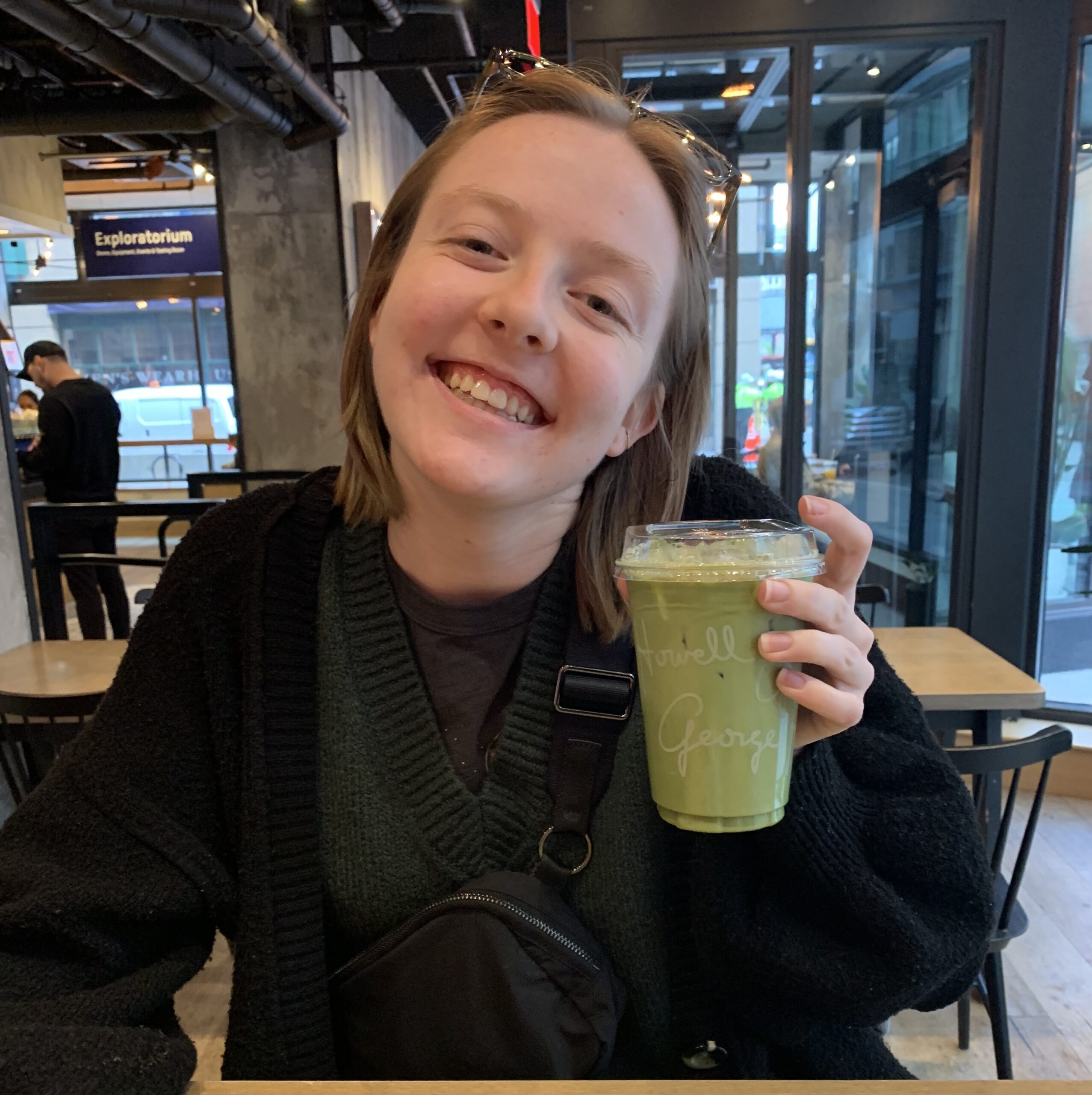Team Management
How I lead
As a Product Manager, I led a collaborative project team of seven, including two developers, three quality assurance specialists, one designer, and one product marketer.
Throughout the project, I am responsible for maintaining the scope, timeline, and business objectives. To ensure alignment and progress, I schedule multiple weekly check-ins focusing on different aspects of the project.
Our squad time is our weekly stand-up, where team members address questions or concerns and provide updates on their completed tasks and plans for the upcoming week. Weekly one-on-one meetings allow for personal connections and discussions about any roadblocks individual team members face.
Studio time, led by our designer, facilitates team discussions on feasibility and collaborative problem-solving. Finally, our retrospective meetings, held after the discovery process and feature release, serve as a platform to evaluate our process and identify areas for improvement.
Team expectations
I expect my team to have a shared understanding of both the problem we are solving and the solution we are developing. It’s crucial that every member comprehends the goals and challenges involved, ensuring we are all on the same page. Additionally, I believe in shared ownership of the product, meaning everyone is equally responsible for its success or failure.
This collective responsibility fosters a sense of unity and collaboration. When we achieve our goals, we celebrate our success together, and when we encounter setbacks, we face and learn from those challenges together as a team. This approach strengthens our team dynamics and ensures everyone is fully invested in the project’s outcome.
What is a successful team?
As we progress through the discovery, development, and release stages, we share equal ownership of the project. Each team member takes a personal interest in ensuring we deliver the best possible product. This collaborative process strengthens team cohesion and underscores the significance of every team member’s perspective and input. By fostering an environment where every voice is valued, we proactively identify and resolve potential issues before the product is finalized. This approach not only enhances our productivity but also cultivates innovation and continuous improvement throughout our project lifecycle.
